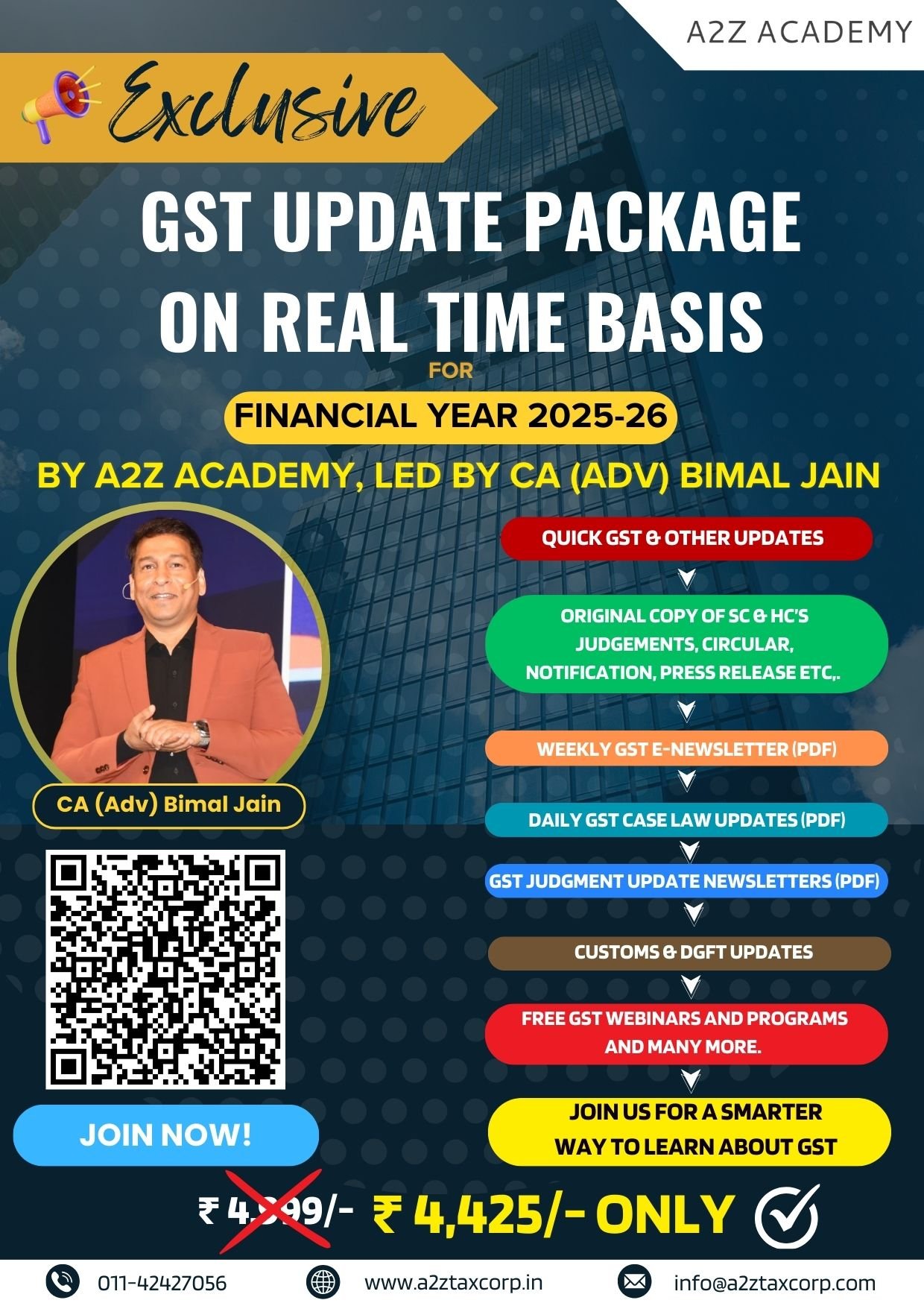
With the Income Tax Act, 2025 getting notified last week, paving the way for its implementation from April 1, 2026, the Income Tax Department has been drafting rules to align with the new law and aims to finalise them by year-end. The Department is aiming to follow the same principle for rules and forms that it followed for drafting the new Income Tax Act — simplified language, no ambiguity and using common terminology, Ramesh Narain Parbat, Member (Legislation), Central Board of Direct Taxes (CBDT) told The Indian Express.
Also, the Income Tax Department would be soon coming out with the standard operating procedure (SOP) for handling of digital data under the new Act that has defined the powers to call for information by income tax authorities during surveys, searches and seizures, including email servers, social media accounts, online investment, trading and banking accounts, remote or cloud servers and digital application platforms.
On the privacy concerns for the seized digital data during searches, surveys and seizures under the new I-T Act, Parbat said there is no expansion in powers and “information cannot be disclosed, until or unless, it is provided in the Act itself”. He said these powers were already there, they were being used. “Now, they have been written in an explicit form, more clearly laid down. They are part of the changing and economic and digital landscape,” he said.
“So, the whatever (provision) is there, will be applicable only in the case of search and seizure proceedings and surveys. Not large numbers (of searches and seizures) take place during a particular year. Secondly, the (Income-tax) Act already had the provision for securing the privacy of the data of an assessee as per section 138 in the old Act and section 258 in the new (Income Tax) Act,” he added.
For drafting the new rules and forms, Parbat said the principle of simplification is being followed. “We are trying to draft rules and forms in the same way, following the same principle on which the new Act is based — simplified language, no ambiguity and using common terminology across all the forms,” Parbat said.
He pointed out that the committee for forms and rules was formed on the same day when the Income Tax Bill was introduced in Lok Sabha in February and has actively engaged in stakeholder consultations to get feedback. “They have been working since then. They have found out the redundant provisions. They have done public consultations. So thousands of suggestions have been received from trade bodies, professional bodies etc, they all have been analysed. Now, draft rules and provisions they are sending to our TPL (Tax Policy & Legislation) division in CBDT,” he said.
The Department has now started the scrutiny process, with the rule drafting committee, TPL and Systems working in tandem, Parbat said, adding that the forms and returns will be there in time as per the tax filing deadline under the new Income Tax Act. “We are aiming to formulate all the new rules by year-end. Accordingly, the forms also will be made. Some forms will be required from next financial year itself like filing of TDS, TCS return or some statements which have to be submitted during the course of the year itself. Some will be required from the next financial year 2026-27 like filing of return of income etc,” he said.
On the new concept of a tax year in the I-T Act, Parbat said tax year will be the year in which a taxpayer earns his or her income. “Tax year will be the year in which we earn the income and in respect of which we will be getting assessed. So only one thing. Of course, the return will be filed in the next year, but it will be in relation to the tax year. Only one terminology would be used, so things will be quite clear,” he said.
For instance, if the tax year is 2025-26, the return for it will be filed in the next financial year 2026-27. At present, income tax has the concept of ‘assessment year’, which assesses tax on income earned in the previous financial year. For instance, income earned in the financial year 2024-25 (April 1, 2024 to March 31, 2025) will be assessed in assessment year 2025-26 (beginning April 1, 2025).
Parbat said the simple language of the Income Tax Act will help in dispute resolution. “The language has become very simple, so common person can also go through it, understand it. And we are just hoping that since we have given a very simplified form, so interpretational issues will be minimised,” he said.
Source from: https://indianexpress.com/article/business/cbdt-drafting-rules-i-t-act-simplified-language-10211098/



